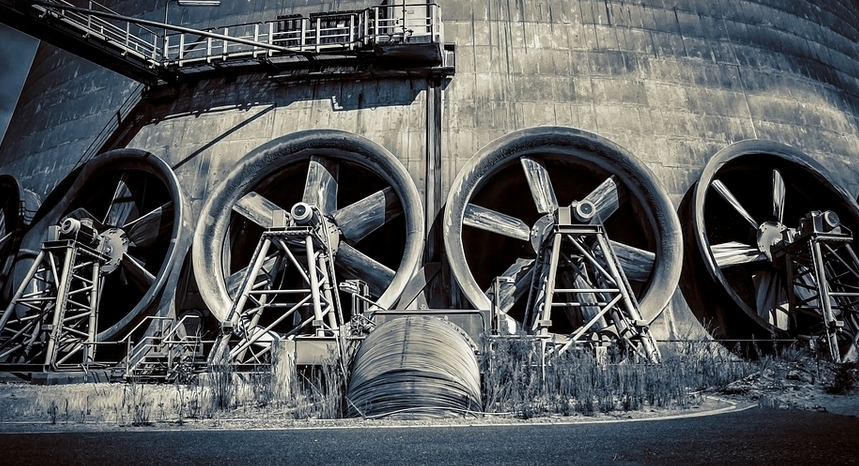
Top Rubber Tracks For Skid Steers: Your Guide To Smooth Operations In 2024
Finding the Right Track for Your Needs
Let’s face it, operating a skid steer is all about efficiency. Whether you’re tackling landscaping projects, clearing brush, or moving earth, your machine needs to move smoothly and reliably. This is where the right rubber tracks come into play. But choosing the best rubber track can be overwhelming with so many options available in 2024.
The Importance of Rubber Tracks
Rubber tracks offer a unique set of advantages over traditional steel wheels, making them the preferred choice for many skid steer operators. They’re designed to deliver superior traction and stability on various terrains, including uneven ground, muddy conditions, and rough surfaces.
Here are some key benefits of rubber tracks:
- **Enhanced Traction:** The deeper treads and wider contact patch of rubber tracks provide exceptional grip, allowing the skid steer to handle heavy loads and navigate challenging terrain with ease.
- **Reduced Wear and Tear:** The soft rubber material absorbs shocks and impacts, leading to less stress on the machine’s components. This results in longer life for your skid steer and reduced maintenance needs.
- **Improved Stability:** The wider footprint of the tracks helps distribute weight evenly across the ground, improving stability and reducing roll-over risks.
- **Noise Reduction:** Rubber tracks are considerably quieter than steel wheels. This minimizes noise pollution while operating in urban or residential environments.
- **Reduced Ground Pressure:** The rubber’s flexibility allows for less ground pressure exerted by the skid steer, which proves beneficial for delicate surfaces and sensitive terrain.
Factors to Consider When Choosing Tracks
Selecting the right rubber tracks requires careful consideration of several factors. Understanding your specific needs will help you make an informed decision that optimizes performance and lifespan.
1. Terrain Type:** Different terrains demand different track configurations. If you frequently work on rugged, uneven surfaces, opt for thicker, more robust tracks with heavy-duty rubber. Conversely, if your primary focus is on smooth paved areas, thinner tracks may suffice
2. Skid Steer Weight and Capacity
The weight, size, and capacity of your skid steer significantly influences the type of tracks you need. Larger machines with heavier loads require thicker tracks capable of handling greater pressure.
3. Load Requirements
How much weight will be carried on the skid steer? Tracks should be sized to accommodate your load, ensuring proper weight distribution and stability for safe operation.
4. Maintenance Needs and Budget:
Track maintenance is an important factor in choosing the right rubber track. Some tracks offer easier maintenance with less wear and tear. Consider how much you’re willing to invest in regular upkeep, factoring in potential replacement costs.
Top Choices for Rubber Tracks
Choosing a specific brand of rubber tracks can be complicated due to the plethora of options available. Here are a couple of top choices known for producing high-quality products:
* **Caterpillar:** Caterpillar offers a wide range of rubber track systems designed for various skid steer models. They prioritize durability, performance, and reliability, making them one of the most popular choices in the industry. * **Bobcat:** Known for its innovative designs and focus on user experience, Bobcat also prioritizes quality and longevity in their rubber tracks.
What to Look For When Buying Tracks
Selecting the right rubber tracks involves more than just choosing a brand name. Here are a few essential qualities to look for when buying new tracks:
1. Track Tread Pattern and Depth:
A robust tread pattern and deep grooves provide enhanced traction on various surfaces.
2. Rubber Quality and Elastomer Type:
Look for high-quality rubber with a good elastomer type, ensuring durability and resistance to wear.
3. Track Construction and Durability:
The construction quality dictates the stability and longevity of your tracks. Opt for durable materials and robust design features for optimal performance.
Conclusion: The Right Tracks for Your Needs
Choosing the right rubber track is about finding a balance between functionality, performance, and budget. By understanding your skid steer’s requirements and prioritizing key factors like terrain type, load capacity, and maintenance needs, you can select tracks that deliver optimal results.
Remember:
Consult with experienced professionals or authorized dealers for expert guidance when selecting rubber tracks to ensure the best fit for your skid steer!